Better than new – restoration 1994 Jaguar XJS Coupe 6.0-litre V12
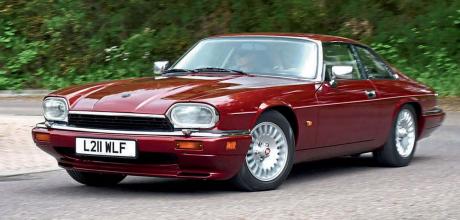
We sample a lockdown project which got out of hand to produce a better-than-new XJS
WORDS PAUL WAGER
PHOTOGRAPHY PAUL WALTON
Detail Man
Better than new – nut and bolt XJS restoration
Unbelievable attention to detail has produced a 1994 Jaguar XJS Coupe 6.0-litre V12 which is quite possibly better than new.
You could perhaps forgive the confusion. Aside from a solitary F-Pace in a corner behind the Discoverys, it’s rare to see a Jaguar of any kind at a JLR dealer these days, yet in mid-May at Marshall Jaguar in Newbury, visitors were no doubt bemused to find a showroom-fresh XJS on the premises. Ironically, the building itself wasn’t even constructed until several decades after the XJS left production, but the lustre of the new paint and the factory-fresh appearance of the interior looked perfectly at home among the freshly minted Range Rovers. And when the good people at Marshall lent us a workshop lift, we were duly amazed that the just-off-the-transporter appearance extended to the underside as well.
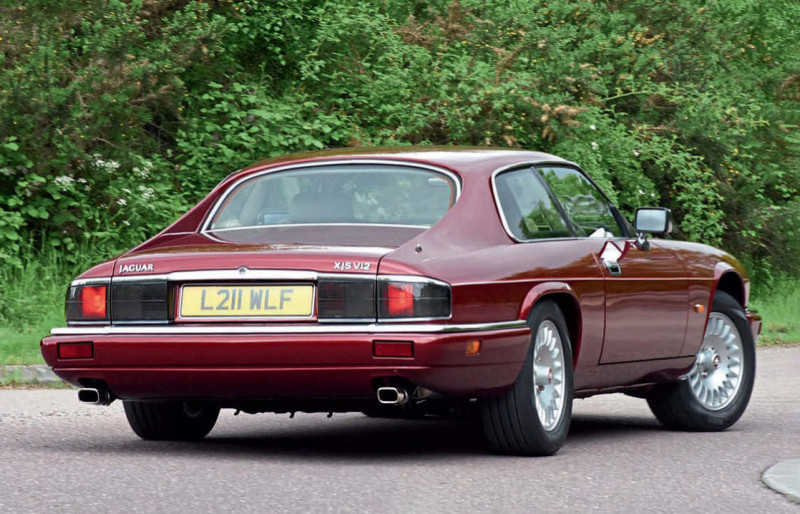
The car didn’t always look this good though. Indeed, it’s debatable whether ‘Wilf’ (the nickname came from the number plate) looked this good back in February 1994 when it left Browns Lane since in so many ways it’s now better than new; no matter how charitable you feel, few mid-’90s production line workers with an eye on the clock put quite as much obsessive attention to detail into putting a car together as Darren Green and partner Karen Turvey have with this one.
Veneered trims were stripped, lacquered and polished. Toolkit is filled with brand new tools
“It was bought as a project,” admits Darren, before adding the familiar phrase “But basically it got out of hand...” which explains the marathon which followed. As acquired, the XJS was running, driving and even MoT’d but was undeniably rough. After a short test drive curtailed by the headlining falling down around their ears, the intrepid duo’s conclusion can basically be summed up as “it’s knackered,” but having made the 200-mile trip through the snow up to Merseyside to view the car, they decided to buy it anyway and duly trailered it back home to Hampshire. As Darren explains, it was originally intended to be a quick ‘tart up’ project but when a mate offered the loan of a rollover jig for an XJS, things started to take a rather more involved turn. Especially when that was followed by the Covid lockdown, which provided the time to attack the car.
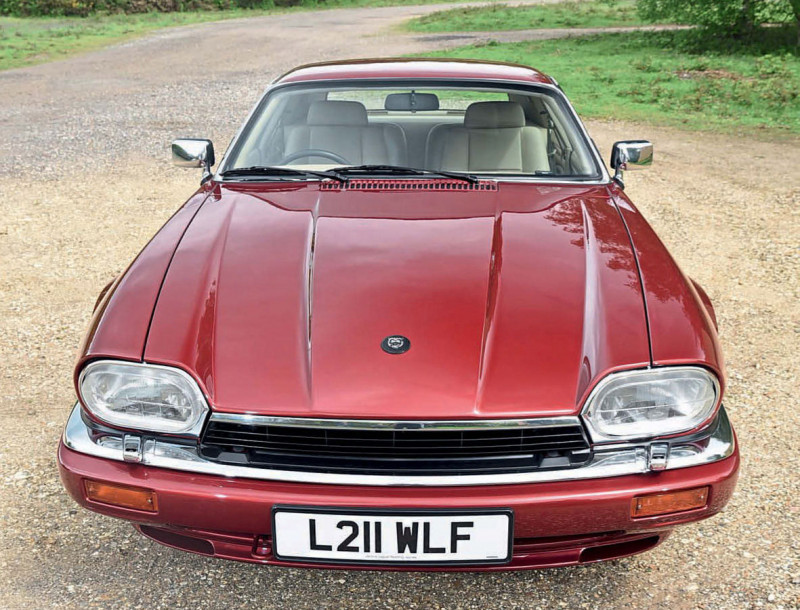
As the car was stripped down, the extent of the work became obvious, with rot in the sills, window surrounds, floors, inner wings and more. Impressively, all this was achieved in nothing more palatial than a standard domestic garage, with Darren constructing a wooden A-frame to separate car and engine, this being achieved by effectively raising the front end and dropping the engine and front suspension out from underneath.
Looking at the photos of the work, it’s interesting to see just how much rot an outwardly respectable XJS can be hiding, with presentable outer panels concealing extensive rot in the structure. One of the most significant areas on this car was the scuttle panel, which when unpicked and folded back revealed extensive corrosion behind the scenes, yet replacement panels for this area aren’t available for these facelift cars – or at least, weren’t until Darren and his bodywork man decided to create them.
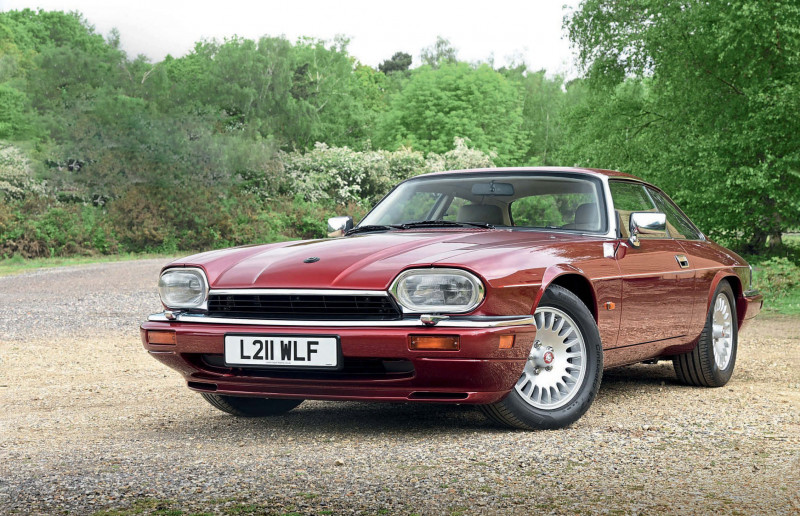
A cutting and welding marathon followed, with the bodyshell taken right back to bare metal and the idea of a quick tart-up now well and truly forgotten. Karen duly set to with the toothbrush cleaning the removed parts, with those too far gone being either replaced – usually with new-old-stock Jaguar parts – or sent off for replating/ anodising/powder coating as appropriate.
While the car waited for a slot in the paint shop, the various sub assemblies could be built up, including suspension and subframes at both ends, while the engine was sent away to be reconditioned. Initial inspection with an endoscope had revealed some scoring on the cylinders, so the decision was eventually taken to go with a full rebuild and the unit was duly despatched for the machining work. On the plus side, the heads and valvegear were found to be in good condition, as was the crankshaft, while the original water pump was entirely rebuilt by Darren, after he was unimpressed by the aftermarket replacements.
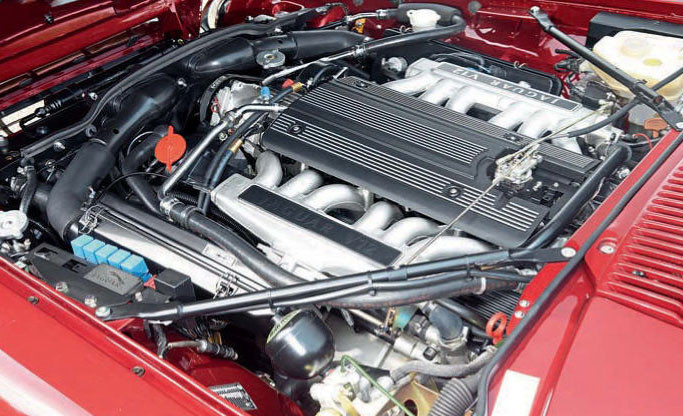
Meanwhile, once the outer panels, rubbers and screen were fitted, Darren was able to work out the shut lines and critical positioning of the brand new scuttle panel which was duly welded into place before it was all taken apart again and the preparation for paint could begin. Darren got stuck in himself with the preparation work and the attention to detail continued; unable to bring himself to spoil the neatly repaired shell by daubing on the seam sealer in the haphazard factory manner, all the panel joints were masked off first before the sealer was applied from the gun. And there are an awful lot of seams on the XJS which even in facelift form was famously made from a huge number of separate panels, meaning they lost count after some 30 tubes of sealant.
The paintwork itself employed a process by Novol, using the firm’s products right from the initial epoxy filler coat to the top coat and the final lacquer… all five coats of it. As you might expect, the finish is flawless and it’s no wonder that the final reassembly of the car suddenly became a much more tricky task in order to avoid damaging the fresh paint.
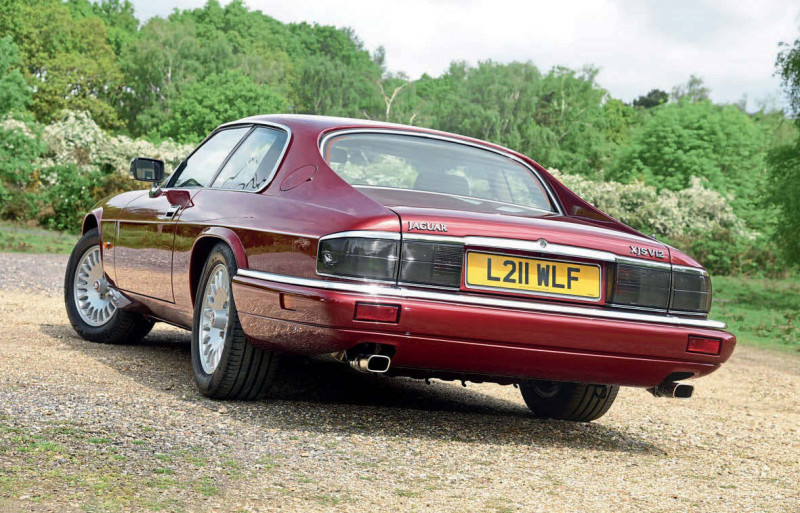
Perhaps the hardest task was the engine and gearbox installation and some thought was given to how this would be done. In most modern car factories, the trimmed and painted shell is lowered over the running gear, but in the era of the XJS – certainly the early cars – it was lowered in from above in the old-fashioned way. After much head-scratching, the decision was taken to refit the engine and box in the way it had come out – from underneath. Not only did this mean less chance of paintwork damage but without heavy-duty lifting equipment on hand it was also rather safer.
Mounting the engine to the built-up front subframe, complete with a pair of front wheels and a castor under the tail of the gearbox, allowed it to be moved around and positioned easily and in the event the ‘marriage’ of powertrain and bodyshell was completed without any chipped paint, using the two-post lift in the bodyshop. Removing the inlet manifolds helped, but all involved report that only millimetres of clearance were available. With this done, Darren could take the car back home to complete the final installation and trimming. The interior was a mixture of refurbished original parts and new elements, with the car’s original wiring loom going in first after laying it out in the sun to make the near 30-year old wiring more flexible.
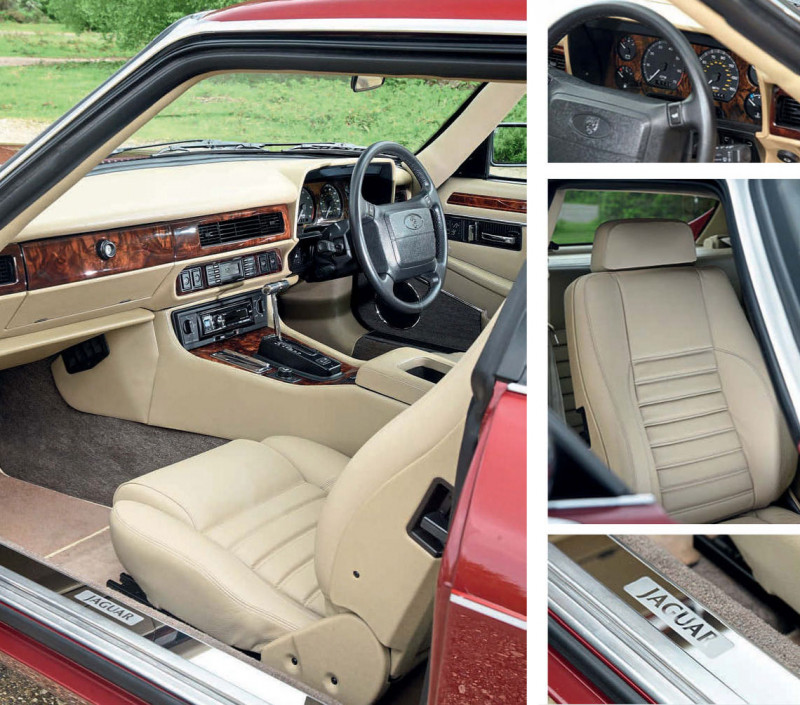
The veneered pieces were stripped, re-lacquered and polished by Darren to a mirror-like shine, while the original rear seats were matched with replacement covers for the fronts. These were sourced from Paul’s Jags in the USA and were made up using the correct Autolux Connolly leather supplied from Jaguar. One nice finishing touch was a pair of new old stock seatbelts which is more noticeable than you might think, and something which immediately struck me as soon as I sat in the car.
With the end of the project now in sight, reassembly was a case of piecing together all the freshly restored and new old stock components, something which in many cases meant buying the last stocks from Jaguar. Some items couldn’t be had for any price – like the polished sill pates which as Darren points out are always scuffed. The answer in this case was to have them laser cut by a local machine shop.

Eventually the glass was in, the V12’s vital fluids were topped off and the XJS was ready to be fired up. As you can see from the photos, the end result is an XJS which is simply stunning, to the point where Darren happily admits he’s afraid to take it out in the rain for fear of having to get underneath and clean it all. Which made me all the more surprised when he happily handed the keys over during our photo shoot.
And not just any old dog-eared keys either, but a pair of brand new genuine Jaguar items which made the perfect finishing touch. Now I’ve driven countless XJ-S and XJS’s over the years, from early manual cars to the last-off-the-line pair in the JDHT collection and I even had our own 4-litre coupe project car at home for a while… but the one thing I’ve never done is settled into the driving seat and seen less than 500 miles in front of me.
Considering that this really was a nut-and-bolt restoration, starting again from zero seems only appropriate and that’s borne out by the driving experience. “It doesn’t feel like an XJS,” Darren warned me before we set off and initially I wondered what he meant but after a mile or so I understood. To put it simply, with so few miles under its P7s the reborn car feels tighter than any other XJS any of us can remember sampling and in conjunction with the sports suspension option on this car it gives the big coupe an unusually firm character – at odds with the loping, easy gait of the average XJS.
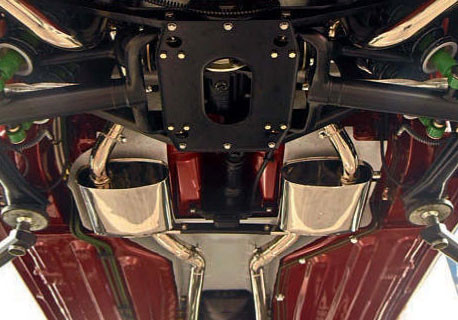
On the plus side, although it may lack that ‘favourite armchair’ ambience of the average well-used XJS, but it does show just how sharp these cars can be when well set-up and illustrates why these late-model 6-litre cars were still holding their own in magazine group tests right to the end, even in the face of stiff opposition from Munich and Stuttgart.
Piloting the big red V12 round the Berkshire lanes to our photo location, I was struck by the fact that what Daren has created is something really very unusual and possibly unique. Impeccably restored, big-budget E-Types and other ’60s Jaguars are commonplace, while interest in the early XJ-S is also rising, but these late-model cars remain something of an orphan – not yet old enough to be considered classic in the same sense, yet in real danger of disappearing as age and parts challenges take their toll.
Darren admits his inspiration for getting quite so deeply into the project was the Eagle E-Type restorations, pointing out that nobody has done an XJS to the same standard… yet. “Probably because it’s financial madness,” he laughs. Impressively, the project hasn’t actually cost the earth though, thanks to Darren and Karen putting in the hard work and tackling the labour-intensive dirty jobs. Although we can only assue that Karen’s looking forward to getting something other than a parts washer and new wire brush for Christmas this year.
Thanks to Darren Green and Karen Turvey for braving the weather forecast and Marshall Jaguar of Newbury for the workshop lift
The reborn car feels tighter than any other XJS any of us can remember

